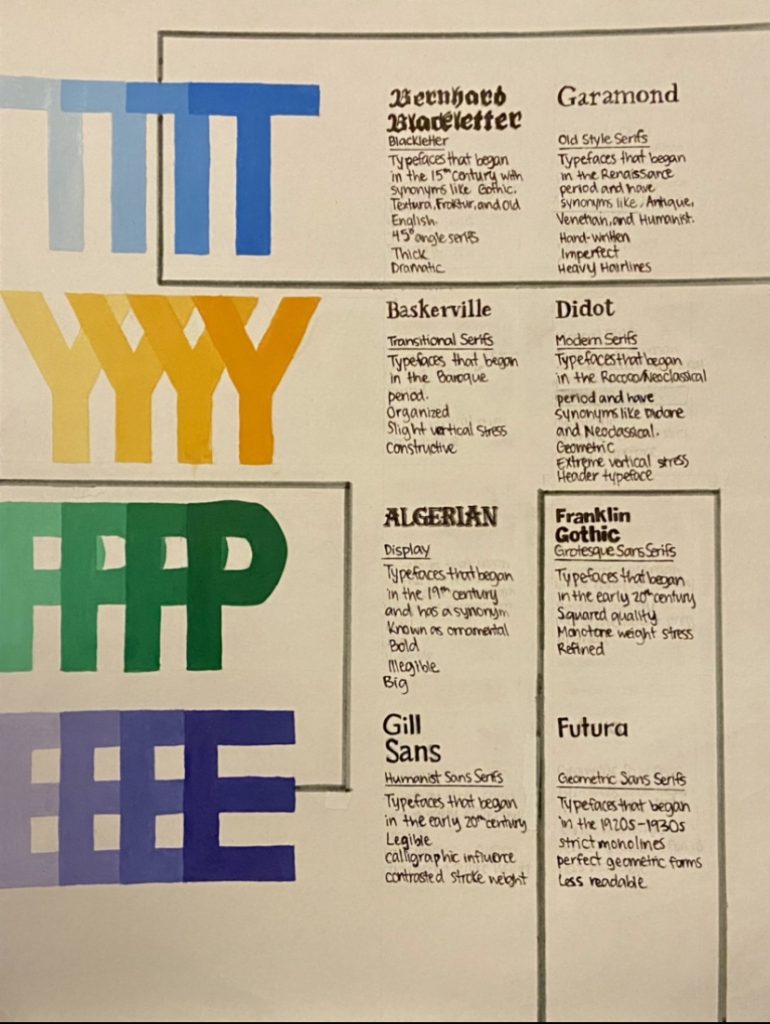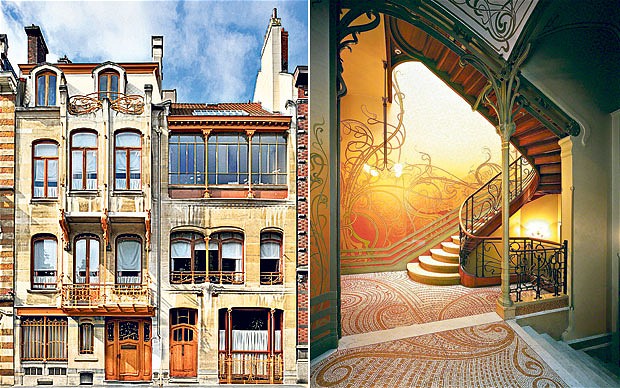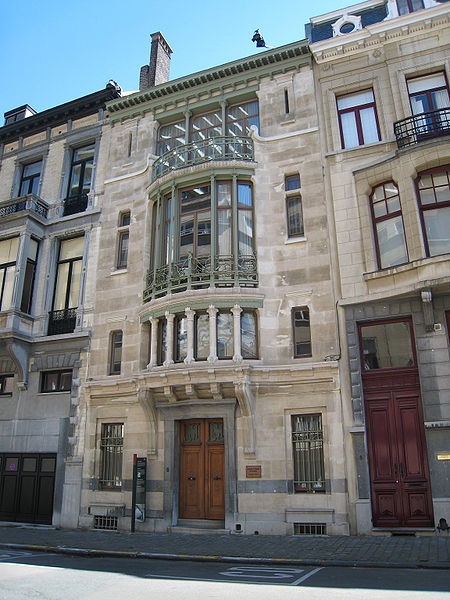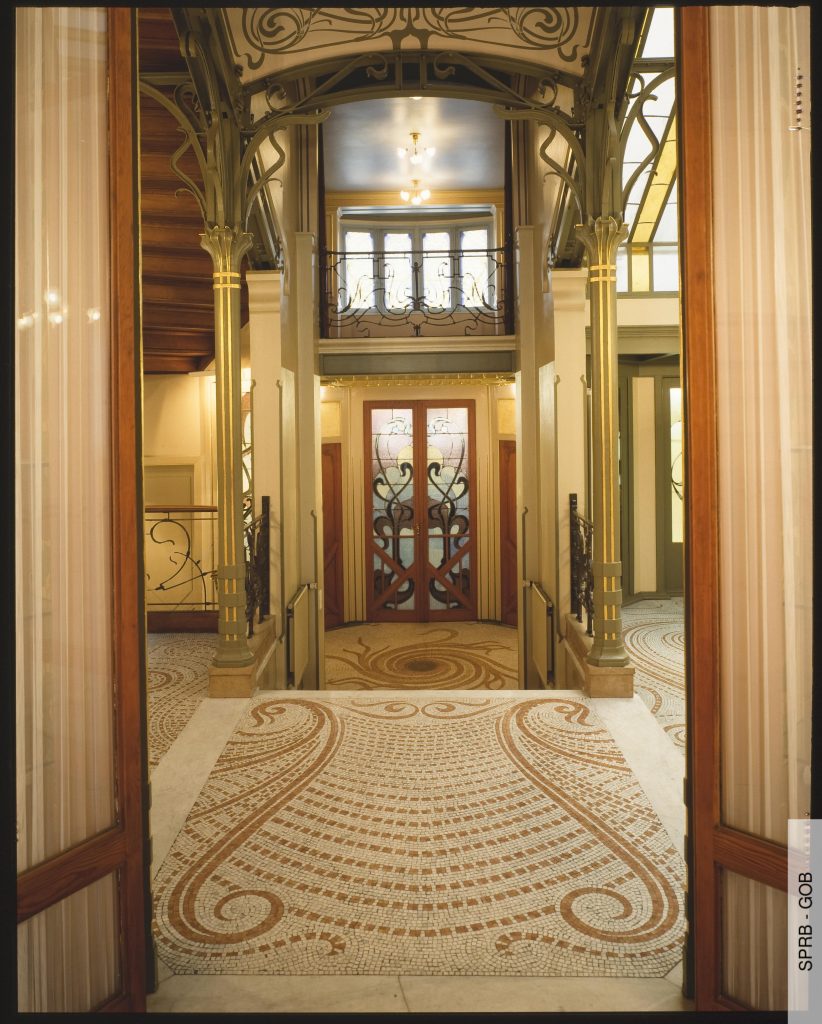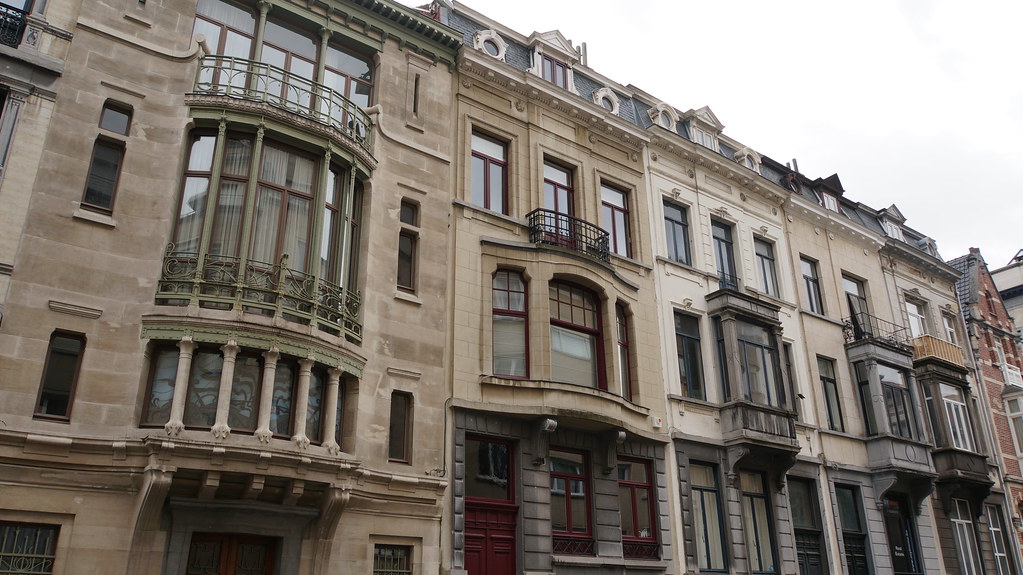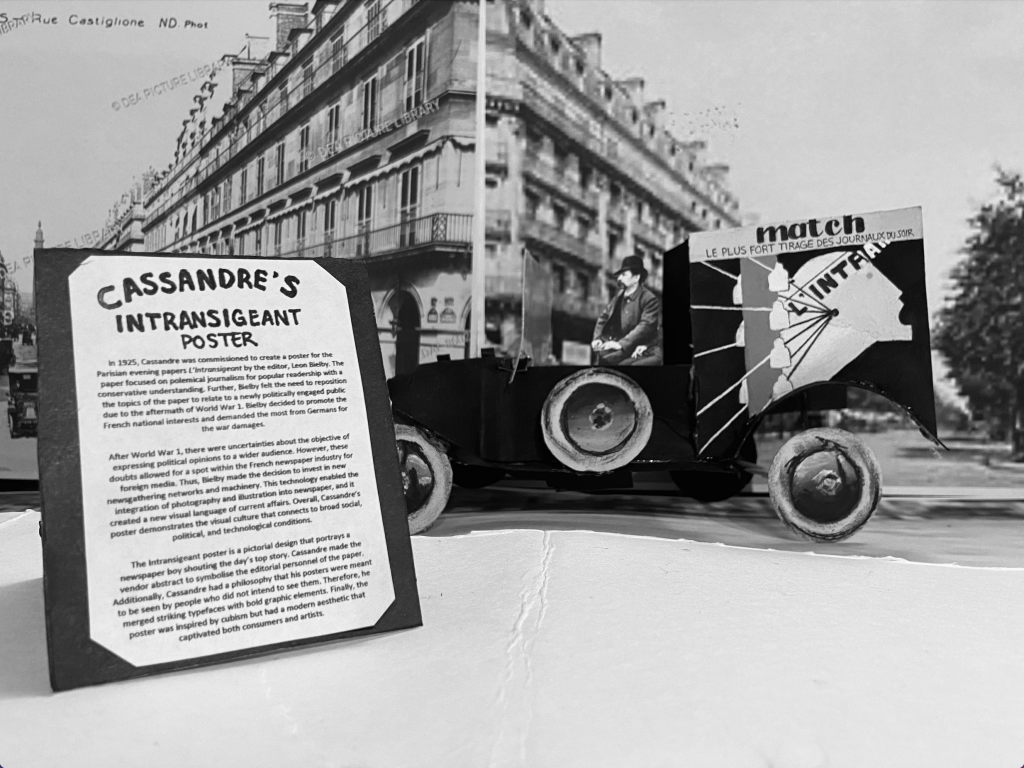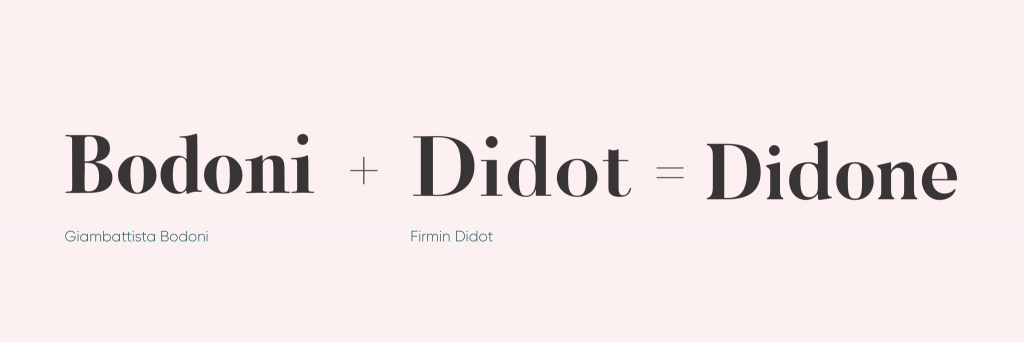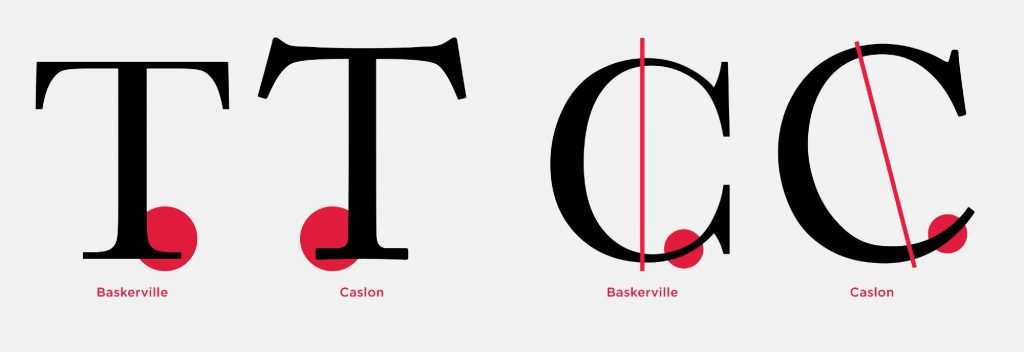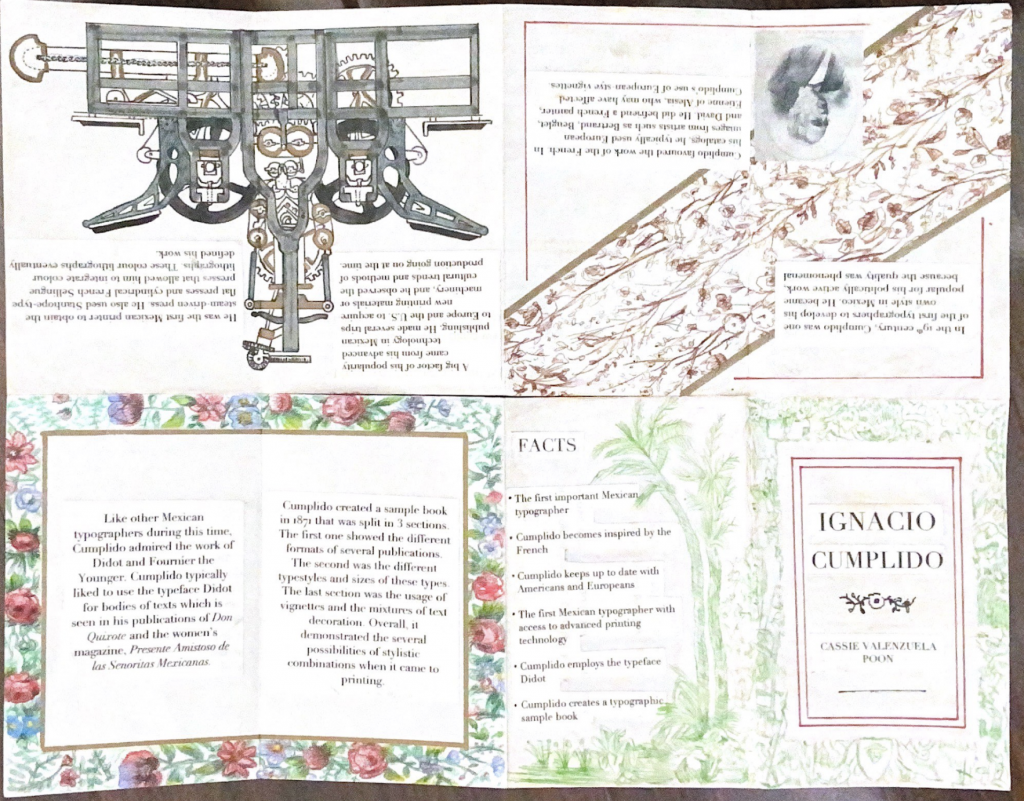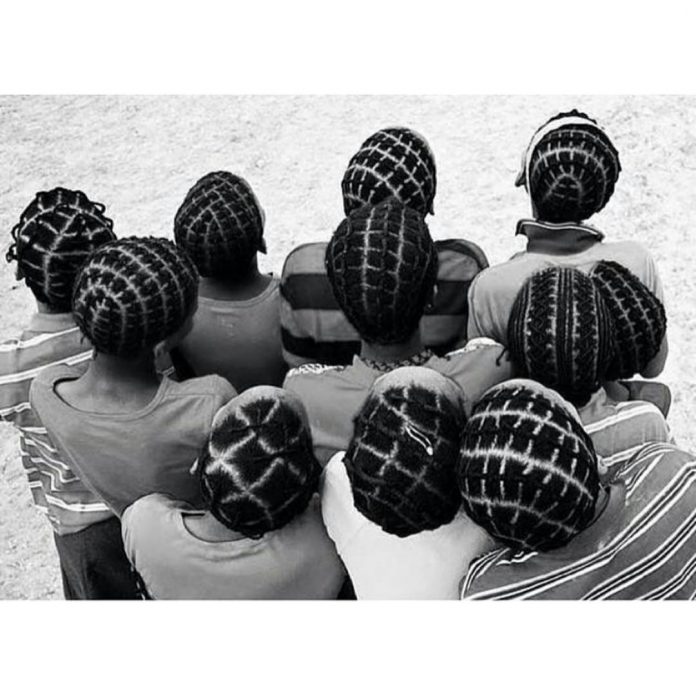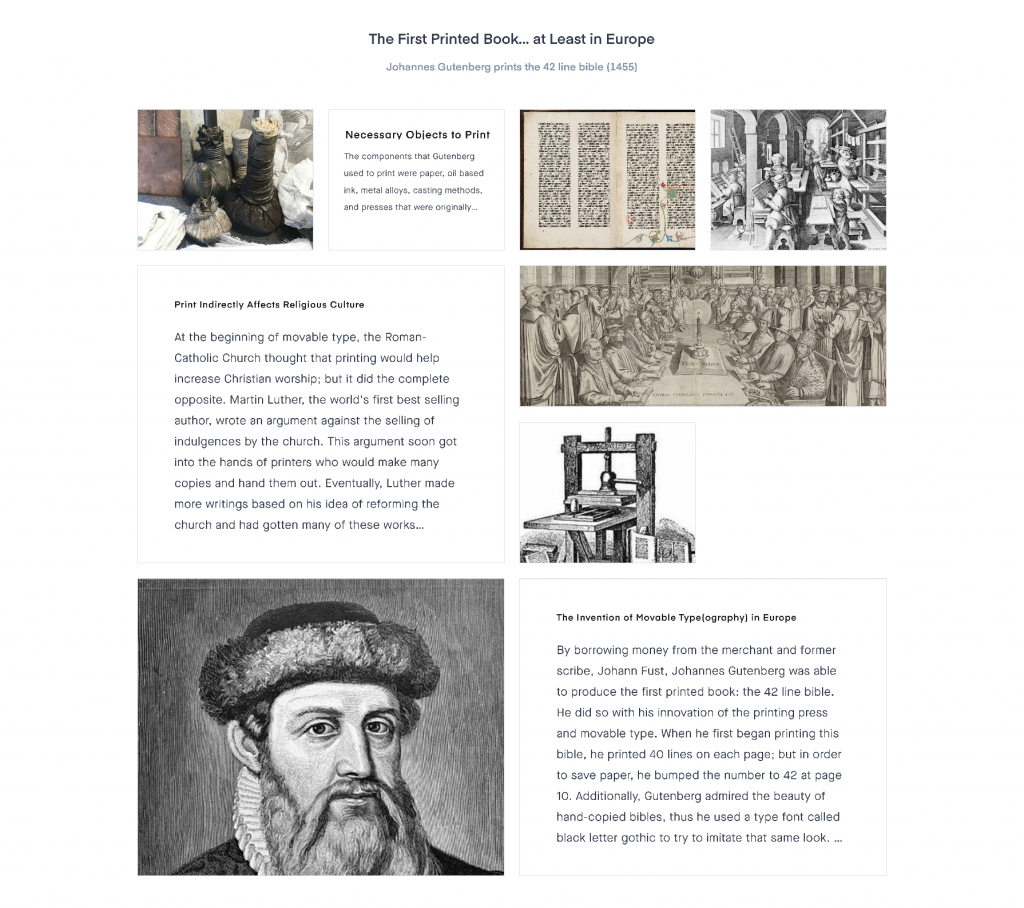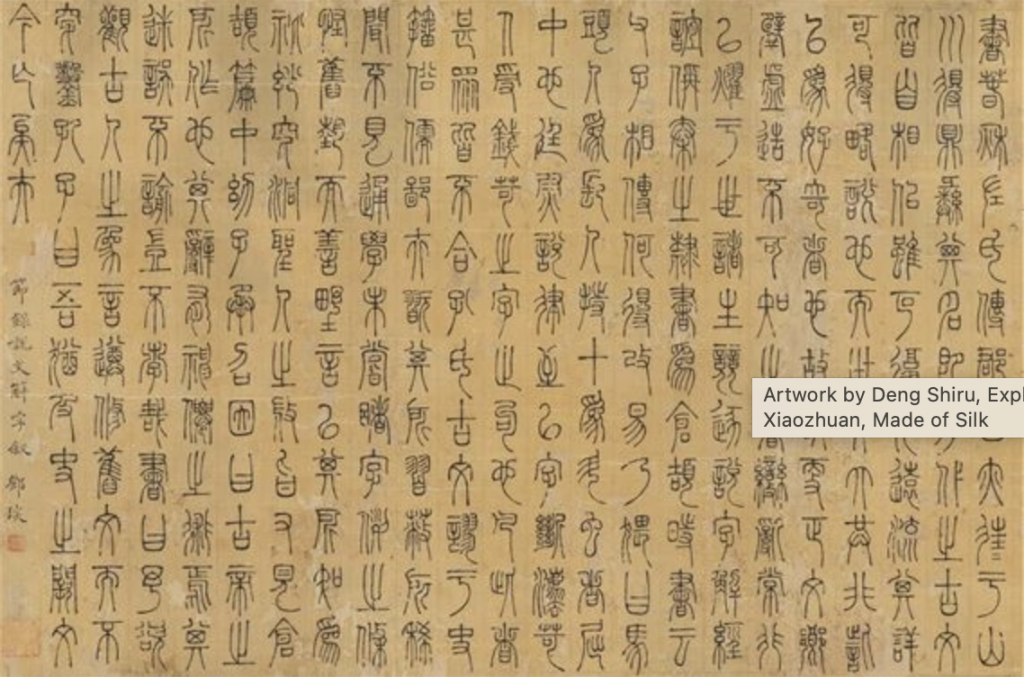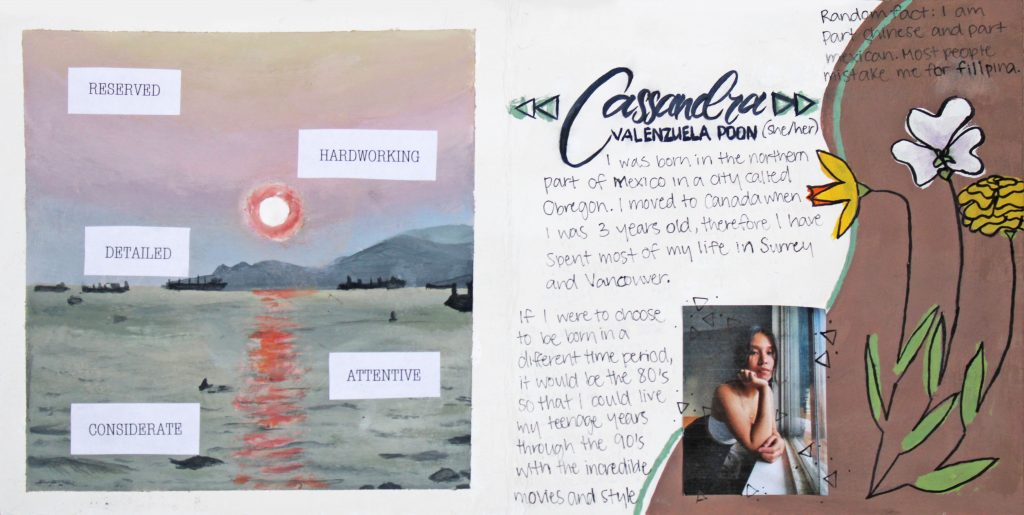
The inception of a controversial series
In 1917, a urinal was submitted to the American Study of Independent Artist as a display piece which was signed by “R. Mutt”. Marcel Duchamp submitted this piece to shine a new light on the perspective of art, but he didn’t want his artist status to impact the decision of the board members. Thus, he signed his piece under a new name. The Board of Directors voted to reject the urinal to be a part of the exhibition, contradicting the society’s constitution to accept all submissions. Regardless, they did this because they did not consider Duchamp’s store-bought object as a piece of art; and they said that it would be an indecent piece to demonstrate specifically to women. Subsequently, a discussion took place to decide the fate of the Fountain being displayed at the upcoming show of the Inaugural Exhibition. After conducting a vote amongst 10 board members, they came to the conclusion of excluding the urinal.
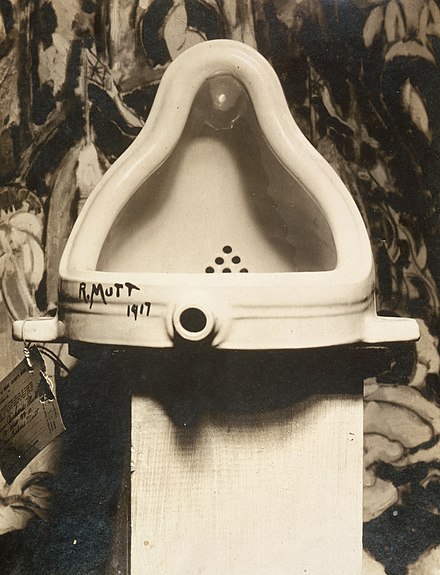
The Uproar for a New Outlook on Art
Duchamp along with Walter Arensberg protested against the board for making the decision to turn down and “censor an artist’s work,” as Sophia Howarth wrote in her Tate article, Marcel Duchamp Fountain. Additionally, these two were not the only ones who disagreed with the board. Several people who followed the Dada movement in the 20th century also felt that it was an outrage. For instance, in the Dadaist magazine, The Blind Man, the photographer, Alfred Stieglitz, published a picture of the Fountain and captioned it “THE EXHIBIT REFUSED BY THE INDEPENDENTS.” The article assigned to the photograph wrote about it in high esteem, but still had many individuals who did not appreciate the concept of the Ready-Made.
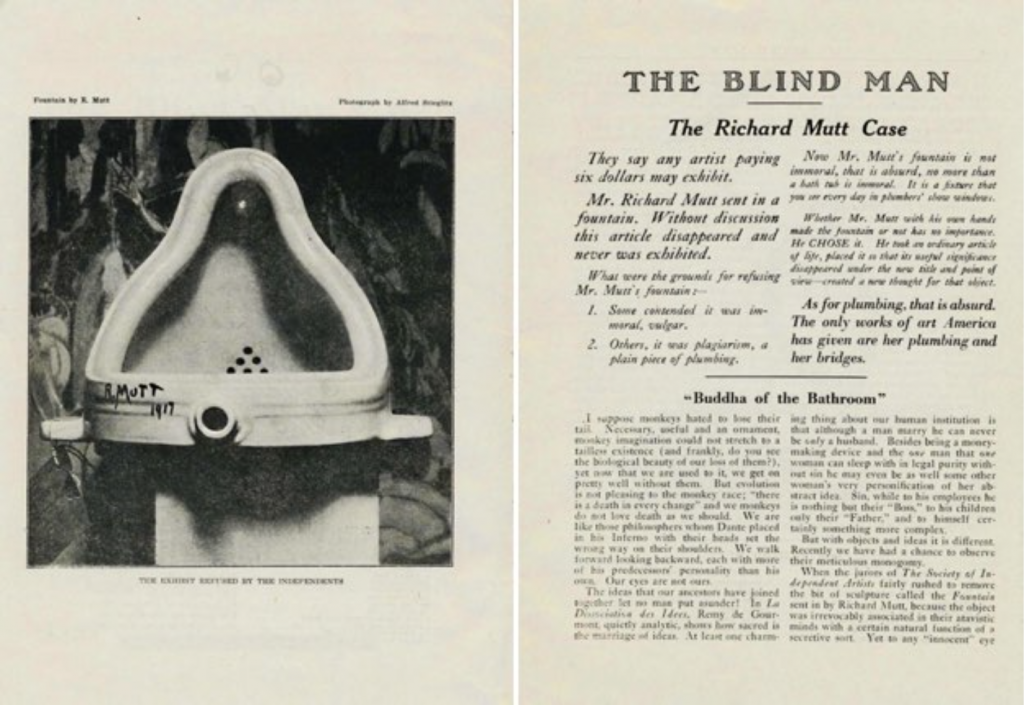
A Repelling Side to Artistic Movements
Honestly, the Dadaists did not need the Fountain to establish its belief in an anti-art idea. However, the concept behind the piece counted towards the revolution in art history and it became one of the first pieces of Duchamp’s Ready-Made series. In my opinion, the Ready-Mades are appalling and do no justice to art history. I understand that the whole point of its “genius” is that no one else had thought to do it, but it feels disrespectful to artists who worked really hard to create pieces that make their audience feel something. The idea of just buying an object and slapping a name on it is insulting to any piece that was assembled by hand and had a lot of thought put into it. Overall, the Dadaists had an interesting perspective on art, but there are pieces that make me feel outraged.

Sources
https://www.britannica.com/art/ready-made
https://www.tate.org.uk/art/artworks/duchamp-fountain-t07573
https://www.artsy.net/article/artsy-editorial-duchamps-urinal-changed-art-forever
https://en.wikipedia.org/wiki/Fountain_(Duchamp)
https://scalar.usc.edu/works/the-space-between-literature-and-culture-1914-1945/vol14_2018_goodyear

